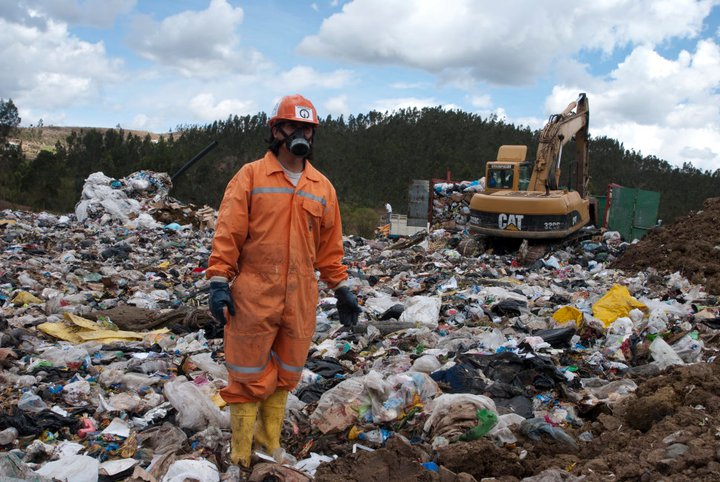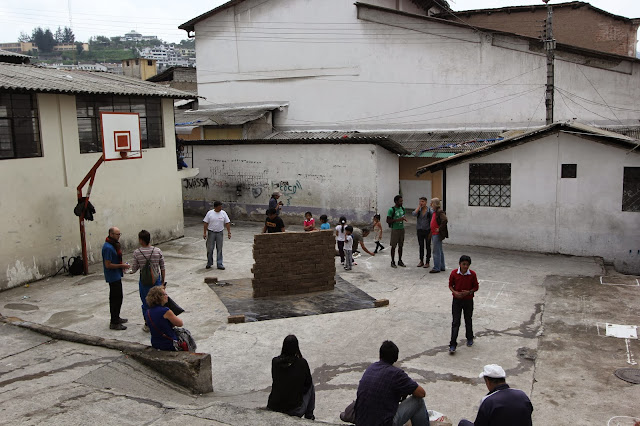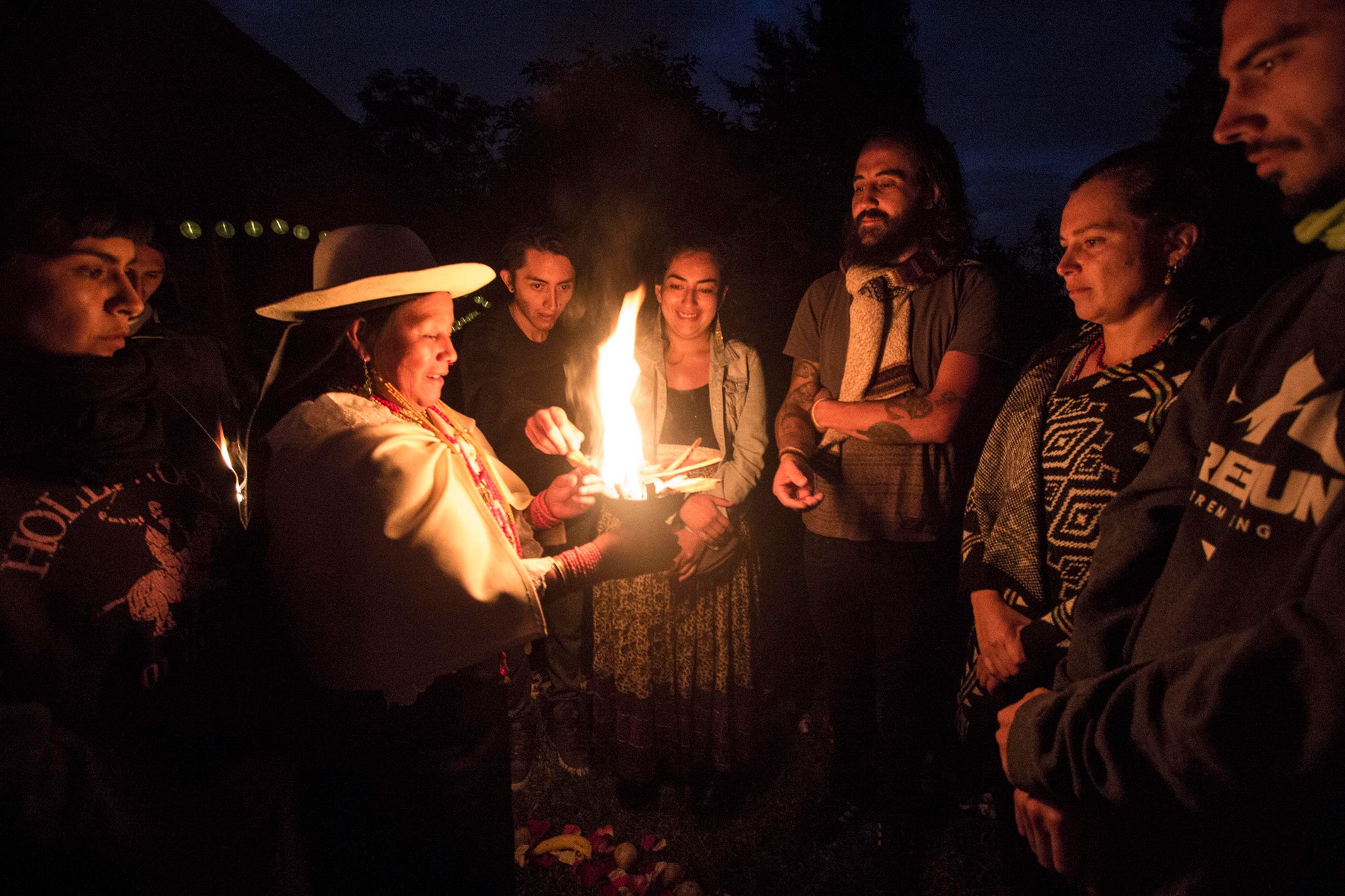Félix Suazo: Do you have any links with art pedagogy at the moment?
Mediating through Transformative Pedagogy with a Critical Dimension
Ecuadorian curator, art critic, and teacher Susan Rocha is active between non-formal pedagogies, academic activity, and museum work. In this interview, she comments on the importance of education in the process of professionalization of artistic practice. She also discusses the role of educational mediation in the formation of the art public. According to Rocha, "a well-structured educational process opens up different ways of approaching art and life itself."
Susan Rocha: Yes, at the moment I am the director of the Integrated System of Museums and Herbariums, as well as a professor of Art and Aesthetics at the Central University of Ecuador. In both, I apply non-formal education methodologies that are experimental and experiential. Both in museums and in teaching, I believe that a well-structured educational process opens different ways of approaching art and life itself.



What is your appreciation of the teaching artists in the configuration and development of the artistic renovation currents in Ecuador? Could you indicate some names that you consider relevant? What are, according to your point of view, their contributions to education?
I believe that in formal art education it is of transcendental importance that those who teach art have an artistic trajectory linked to the subject they teach. This guarantees an understanding and approach to the field of art, as can be seen, for example, at the School of Visual Arts of the University of the Arts UARTES, thanks to teachers such as Lupe Alvarez, Saidel Brito, Cristian Villavicencio or David Uttermann. Or as it happened at the Technological Institute of Art of Ecuador ITAE. Also the School of Visual Arts of FADA - PUCE has important artists such as José Luis Macas, Pamela Cevallos, Gonzalo Vargas, Pilar Flores and others. Therefore, students from these institutions are part of the local exhibition program and some have even internationalized their careers.
On the other hand, when teachers are dedicated only to teaching technique, almost never exhibit or see exhibitions and, therefore, lack a trajectory that validates them in the artistic field, or knowledge of what is happening in the cultural world around them, it is very difficult for them to contribute to the professionalization process of the students. It is common knowledge that achieving a degree in art, even at the fourth level, does not make anyone an artist.
In the Plastic Arts Career of the Central University of Ecuador, a few teachers are part of the art field, such as Angélica Alomoto, María del Carmen Oleas, César Portilla, Edison Vaca or David Jara Cobo.
It is worth mentioning non-formal education experiences sustained over time, such as ArteEducarte, which has received contributions from María Dolores Ortiz, Christian Tapia, Pablo Gamboa, Paulina León and Daniela Merino. Likewise, the community mediation and museum programs of the City Museums Foundation or the museums that make up the Integrated System of Museums and Herbariums of the Central University of Ecuador. There are very good contributions to education and museum management by those who studied art, such as Lenin Santacruz, Adriana Coloma, or Alejandro Cevallos.



You have been interested in non-formal pedagogies and their possibilities of application in museums. What aspects of non-formal pedagogies do you consider of greatest interest for museum practice?
Yes, in fact, I have built several educational spaces within curatorial works of my authorship such as Inhumano: el cuerpo social en el arte ecuatoriano, Mauricio Bueno, Horizontes Variables, Testimonia Rock, El ojo del Jaguar, among others, taking great care that these do not constitute schooling processes for the visitor, but rather inputs for critical reflection.
A fundamental aspect is to consider that the expectation of art is not a closed transmission of knowledge, but a vital experience that can even be transformative. Following Ranciére's (2010) ideas, I think of the emancipated spectator, who performs several intellectual and creative processes when looking at a work of art and who does not require a guide to tell him what to think or how to interpret art, but devices that allow him to connect through his own life experience.
As a curator, art critic, and teacher, what importance do you attach to educational mediation?
I think of my students as emancipated viewers, who bring their own symbolic charge, their own internal library, and their own conception of form, matter, and time. I always try to mediate the artworks through a transformative pedagogy that possesses a critical dimension, using interactions and collaborative learning workshops.
I believe that well-structured educational mediation possesses a pragmatic, affective and cognitive dimension that allows for mutual affectation during interlocution. This implies not being afraid of uncertainty or error, as well as situating oneself in a specific context of analysis: learning to look from the present, and recognizing the formal and conceptual background of art.

